Desde el Otro Lado | Land and People Divided
May 8-June 30, 2017
Desai | Matta Gallery
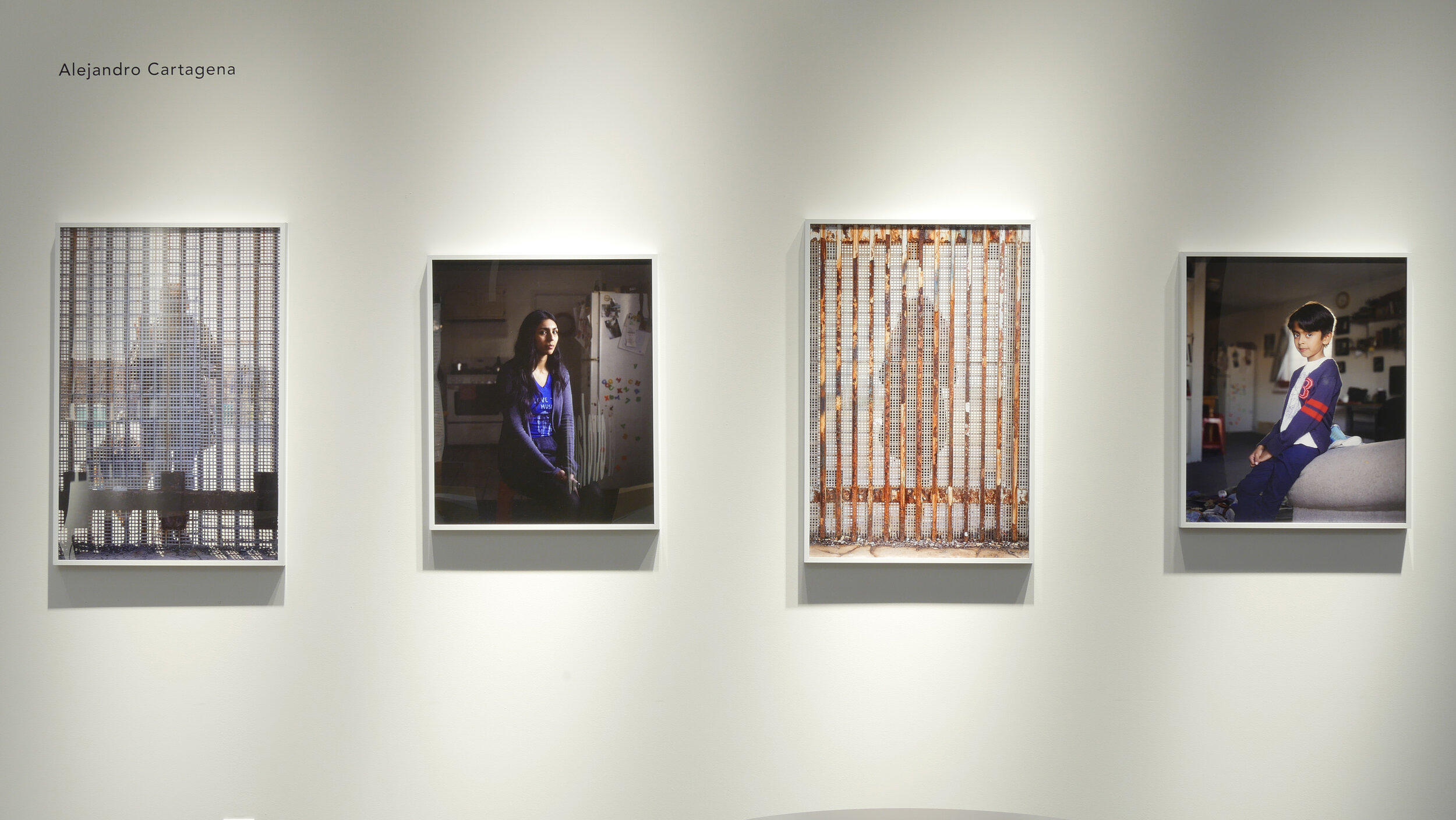


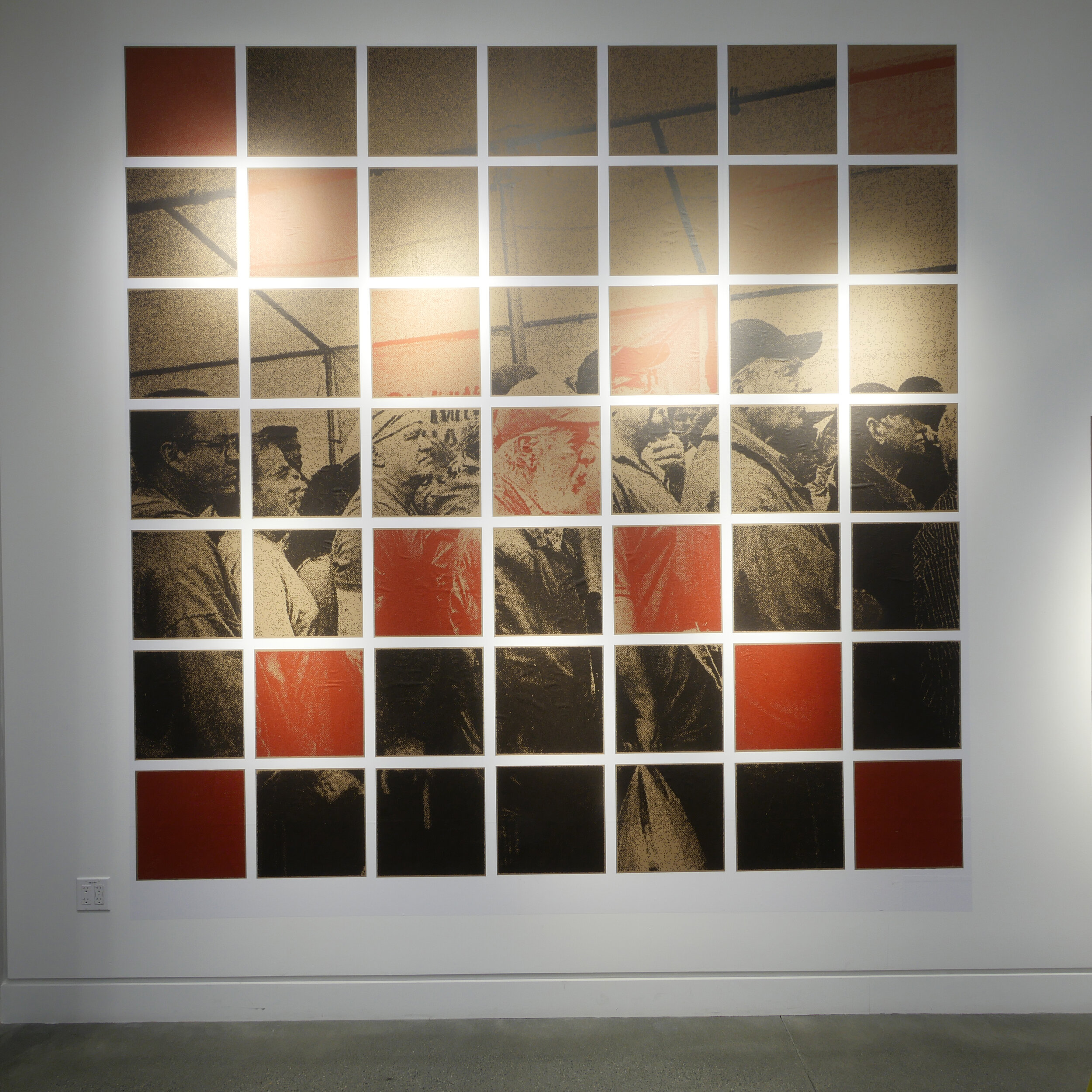
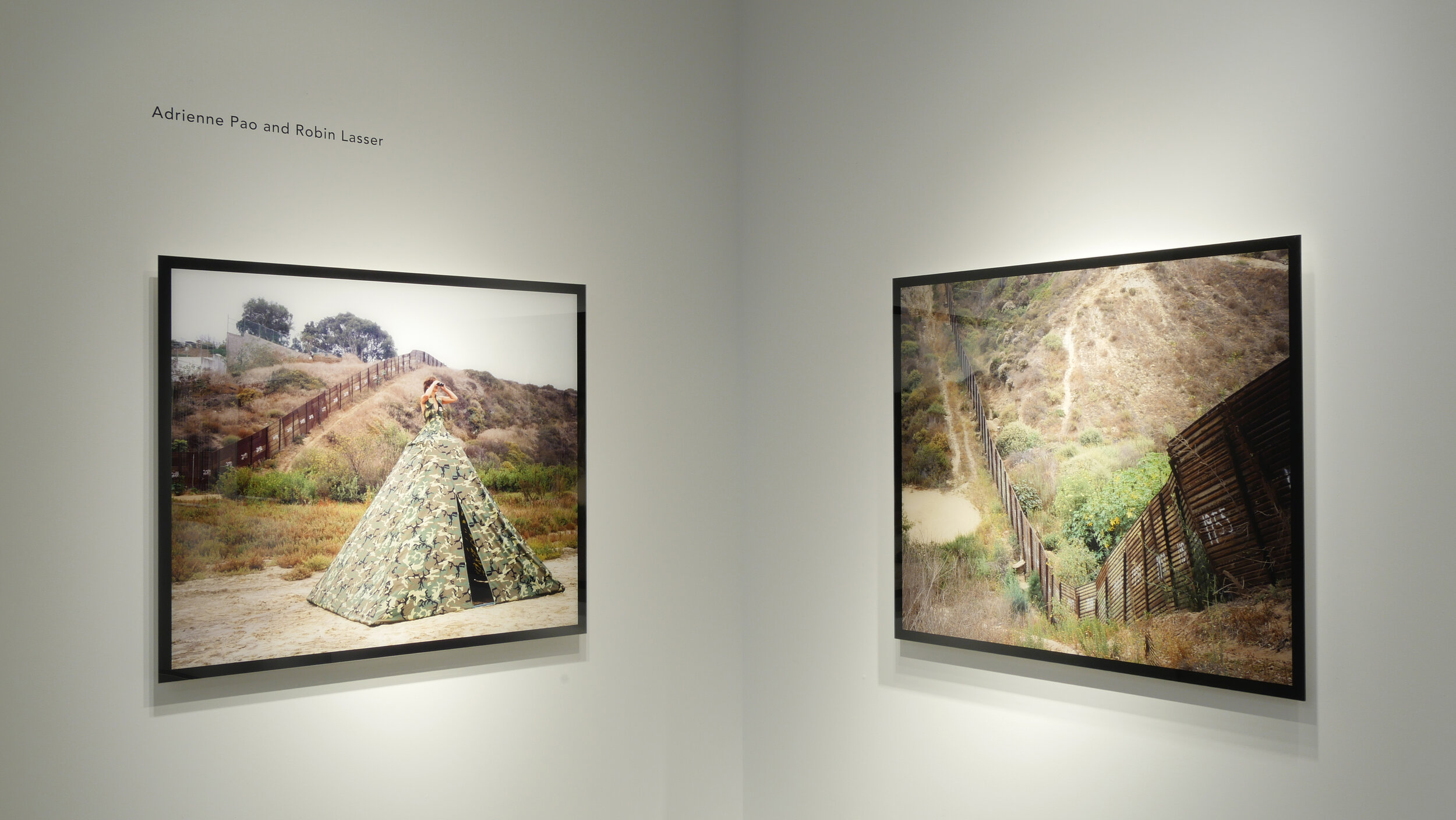
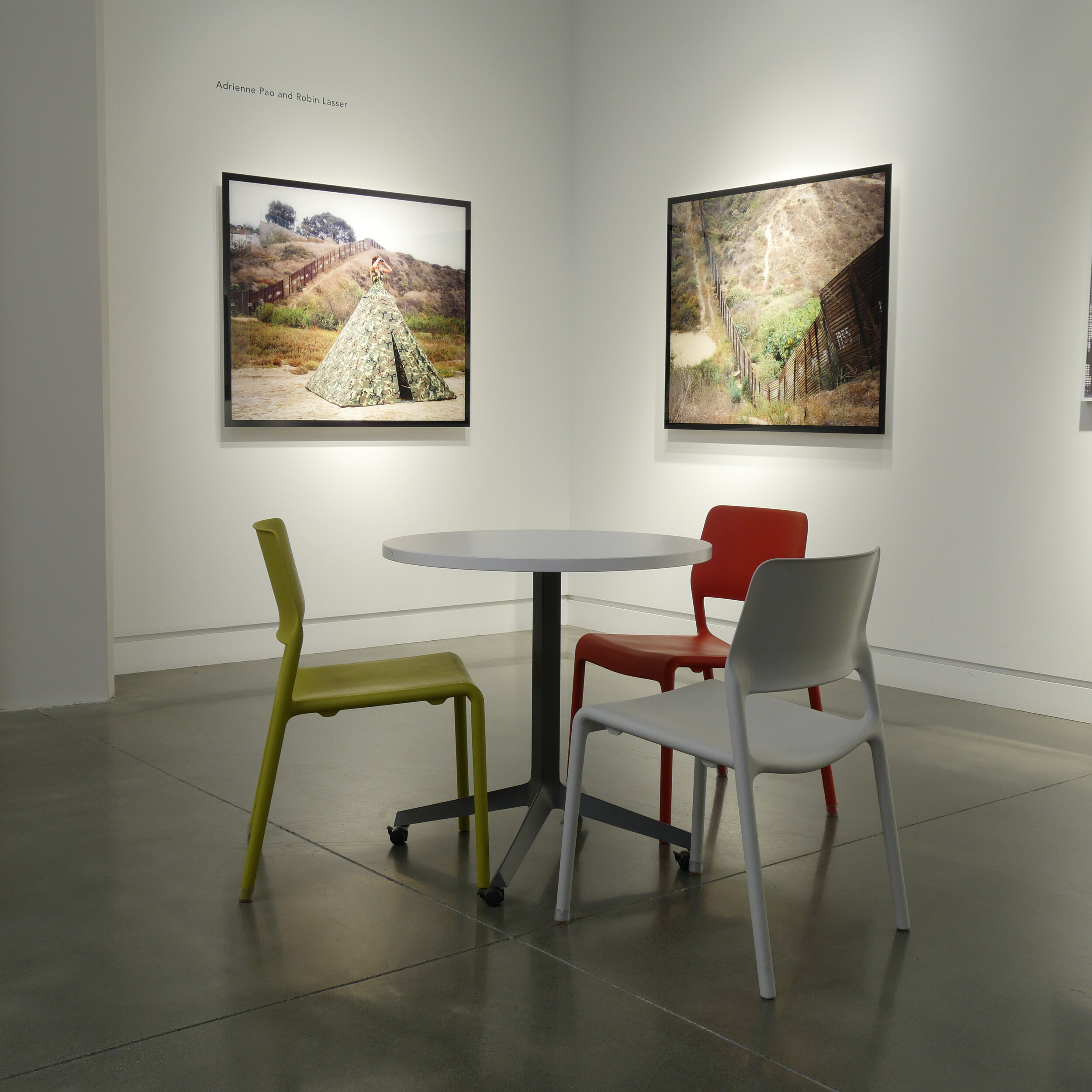
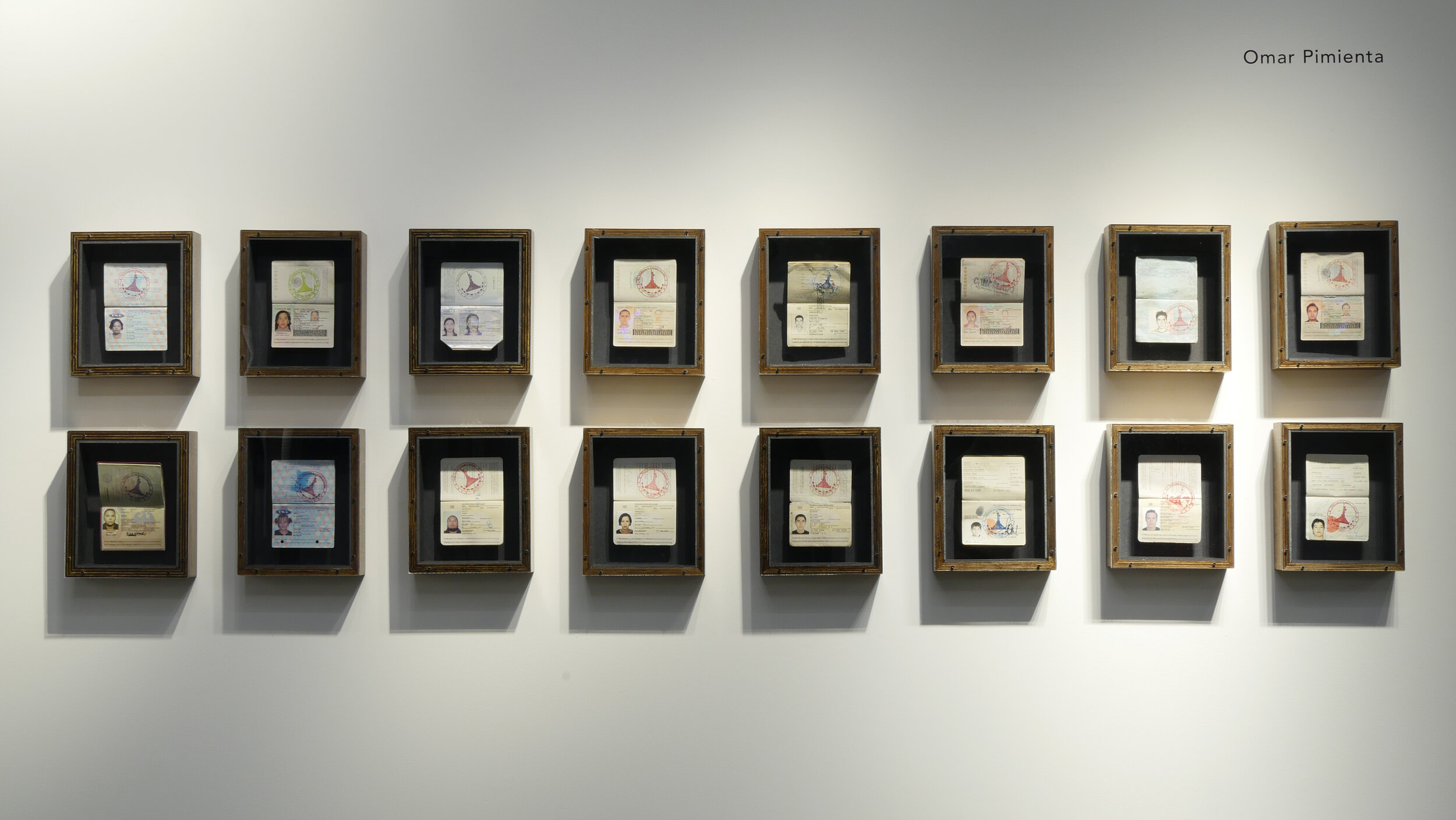
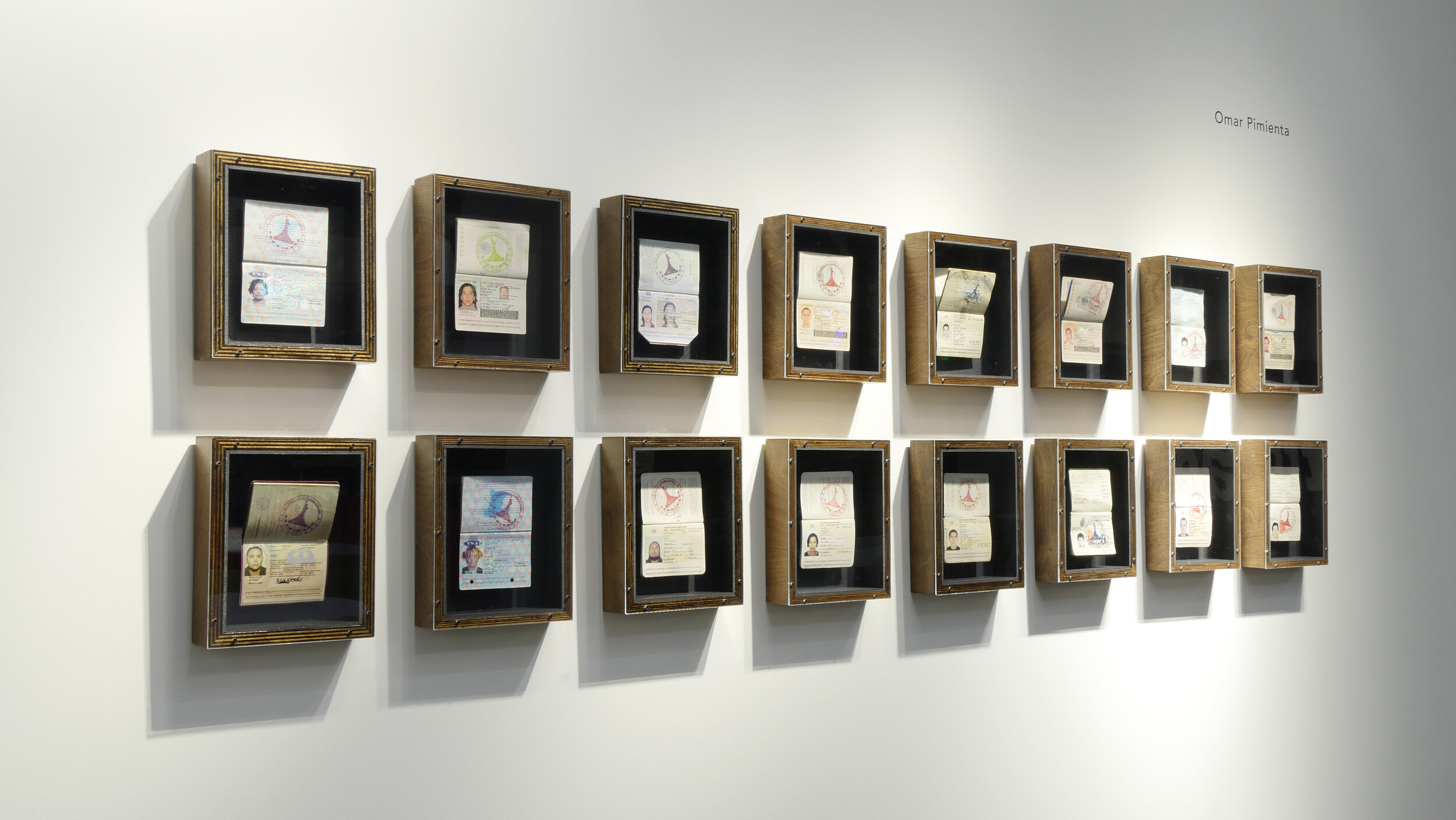
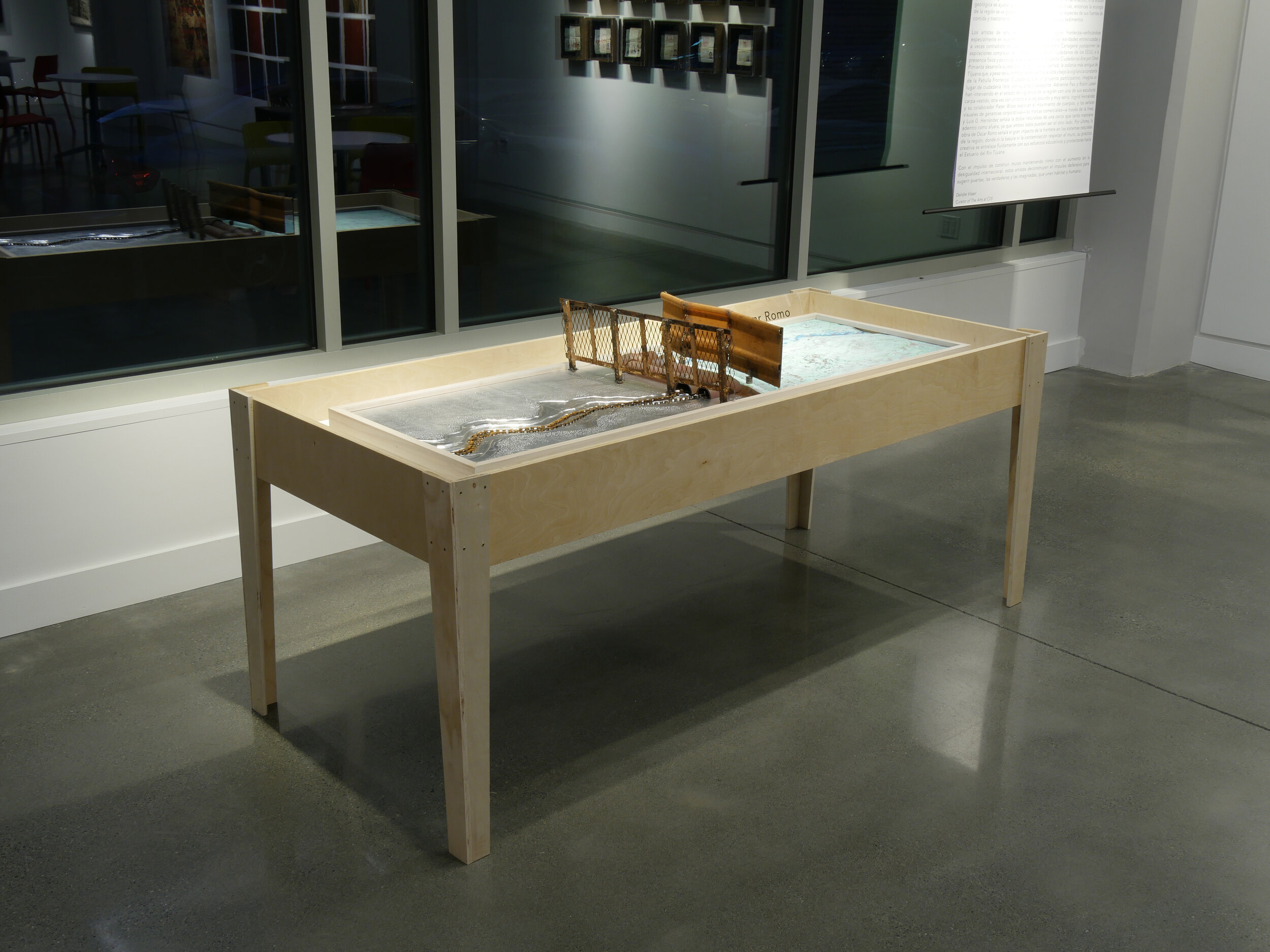
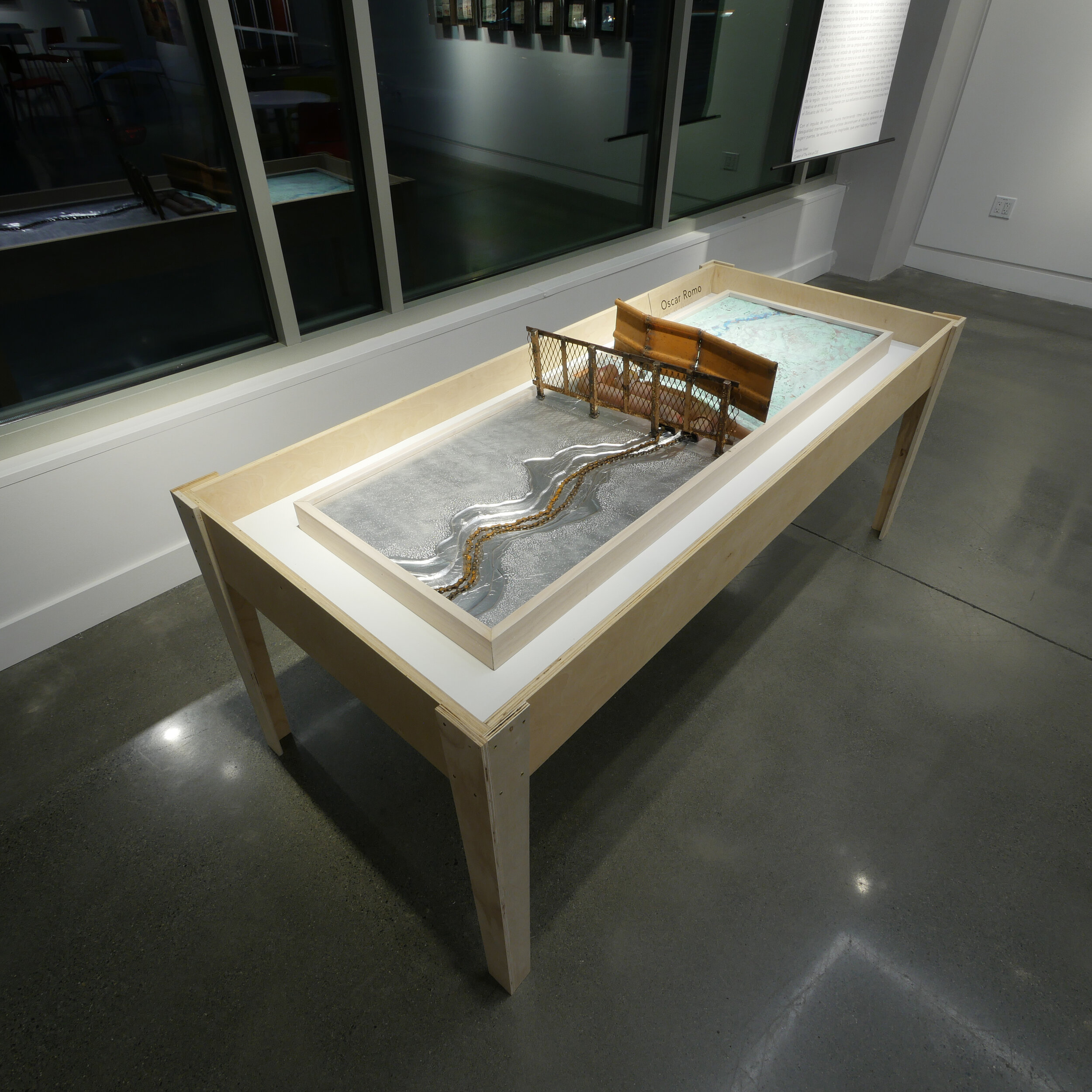
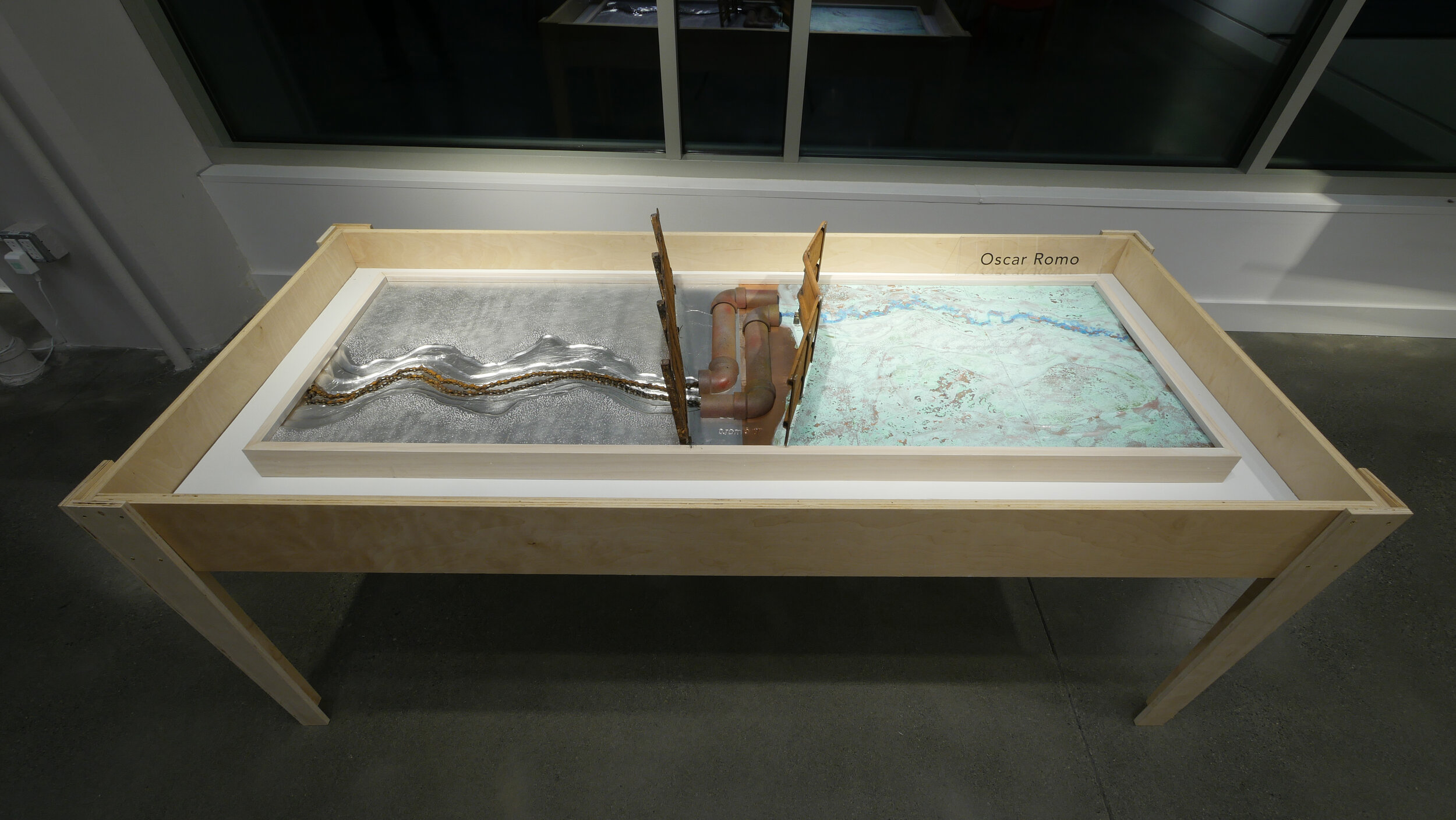
Exhibiting Artists:
Alejandro Cartagena
Luis G. Hernandez
Ingrid Hernandez and Pieter Wisse
Adrienne Pao and Robin Lasser
Omar Pimienta
Oscar Romo
The geographic boundary between the United States and Mexico looms large in our political discourse and collective imagination. Well before the current administration galvanized its base by leading “build the wall” chants at pre-election rallies, earlier political movements, candidates, and office holders called for action along the contentious and diverse border. Across the 2000 miles of terrain between San Diego/Tijuana and Brownsville/Matamorros, 700 miles of steel mesh and concrete-filled steel bollards have already been erected at huge financial and human cost.
The line between the United States and Mexico is a highly charged fulcrum of economic inequality that represents both possibility and danger. The region can be seen as a distinct ecosystem—social, political, biological, and economic. Its ecology is multifaceted and bi-directional; waste material from the United States that ends up on the Mexican side of the border might be creatively repurposed and returned to the U.S. as goods for sale. The border crossing, a banal and daily bureaucratic reality for students and workers whose lives are conducted equally on both sides of the divide, also ruptures family ties when citizenship confers rights on a child that are denied to the parent, and puts yet other lives at risk. Neither wildlife habitat, pollution, nor geological erosion conform to the exigencies of political boundaries, so the ecology of the region is grossly impacted, dividing species from their food sources and disrupting the natural flows of water and sediment.
The artists in this exhibition address the region—focusing particularly on the California portion—in all of these intersecting and sometimes contradictory realities. Alejandro Cartagena’s photographs juxtapose the complex aspirations of Mexicans who are U.S. citizens, against the physical and psychological presence of the actual fence. Omar Pimienta’s CiudadaniaLibre project builds on his exploration of Colonia Libertad, Tijuana’s oldest neighborhood whose name literally translates to “freedom colony,” though the neighborhood is in fact fenced and under constant surveillance by Border Patrol. CiudadaniaLibre, a participatory project, imagines a place of Free Citizenship, with its own passport. Adrienne Pao and Robin Lasser have intervened in the surveillance state of the region with one of their sculptural dress tents, again striking a tone that is at once absurd and quite serious. Ingrid Hernandez and her collaborator Pieter Wisse explore the movements of bodies, and the signs and signifiers of corporate profits—market brands—across the border, and Luis G. Hernandez points to the dual nature of fences to keep in and keep out, each side being el otro lado. Finally, the work of Oscar Romo points to the impact of the border on the natural systems of the region, where neither garbage nor pollution respect the wall; his creative practice seamlessly intersects with his educational and advocacy work to restore the Tijuana River Estuary.
With the impulse to build walls keeping pace with growing international inequality, these artists deconstruct the fortress impulse and suggest the doorways, real and imagined, that connect habitat and humans.